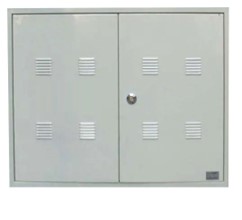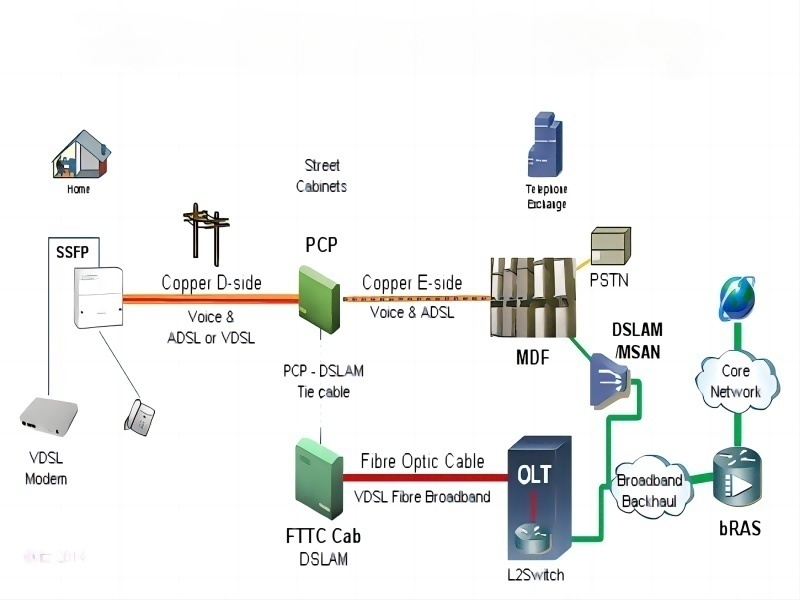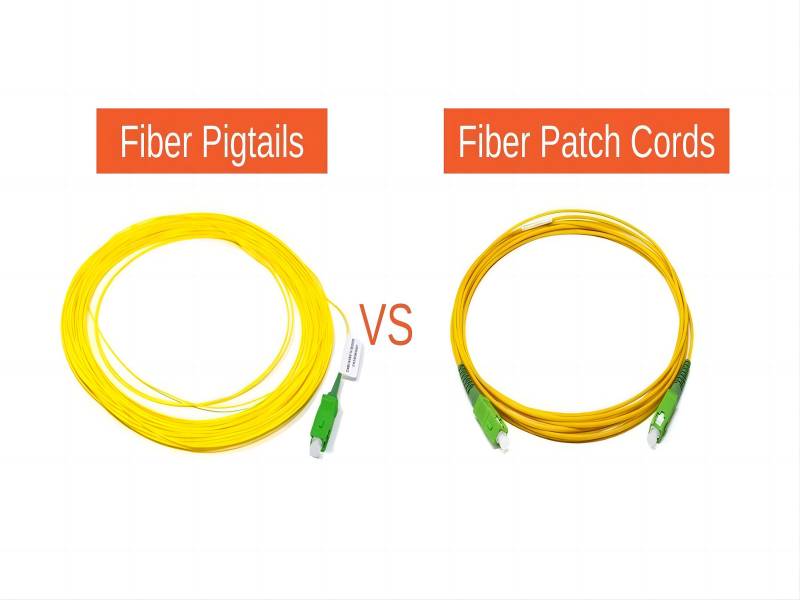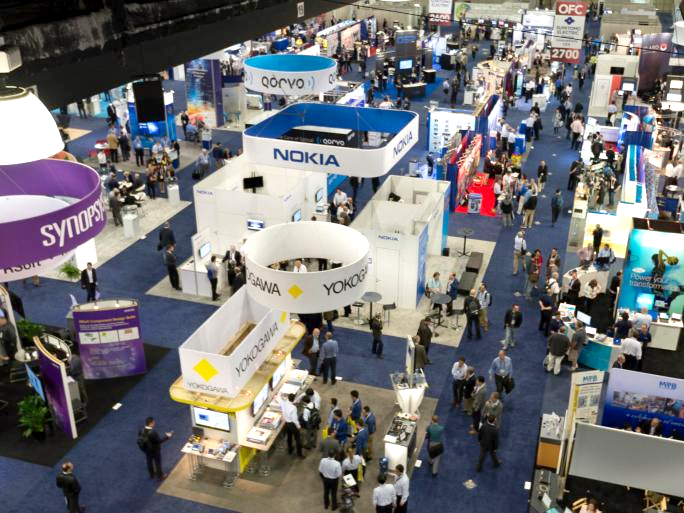Fiber optic broadband converts data to be transmitted from electrical signals into optical signals for communication. Optical couplings are installed at both ends of the optical fiber for signal conversion. Optical fiber is the most ideal of various transmission media in broadband networks. It is characterized by large transmission capacity, good transmission quality, low loss, and long relay distance.
Optical fiber access can ensure that operators provide users with high-speed bandwidth of 10Mbps, 100Mbps, and 1000Mbps, which can be directly connected to CHINANET backbone nodes.
FTTH and FTTB are the two most commonly used home fiber broadband access methods.
FTTH (Fiber to the Home) refers to the installation of the optical network unit (ONU) directly at the home user or enterprise user (where the user needs it).
- FTTH’s cost-effective technical features: not only provide greater bandwidth, but also enhance the network’s transparency of data formats, rates, wavelengths and protocols, relax environmental conditions and power requirements, provide faster Internet access, and improve network quality. It is more stable, and network applications such as online high-definition video, Internet TV, high-speed downloads, and large-scale online games are more powerful.
- Users can use telephone, broadband, IPTV and other services via optical fiber. However, when installing broadband, they need to install the ONU equipment (i.e. optical modem) provided by the operator, which simplifies maintenance and installation.
- The home broadband installed now all uses this access method. On the basis of maintaining the user’s existing communication business, the fiber optic line is directly connected to the user’s home, replacing the original cable line, and the communication capacity and quality are greatly improved. After the optical fiber is delivered directly to the home, the optical modem is used to convert the “photoelectric” signal, and the exclusive broadband has the advantages of large capacity, wide frequency, and more stability. The access band basically starts at 100M, which is our current main broadband access. Way.
- Benefits of FTTH:
(1) It is a passive network. From the central office to the user, the middle can be basically passive.
(2) Long-distance transmission is in line with operators’ large-scale application methods;
(3) The supported protocols are relatively flexible;
(4) With the development of technology, relatively complete functions have been developed, including point-to-point, 1.25G and FTTH methods.
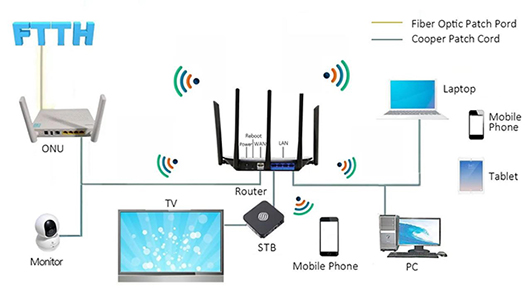
FTTB+LAN (FTTB, Fiber to the building) is a broadband access method based on optimized high-speed fiber optic LAN technology. It uses fiber to the building and network cable to the home to achieve broadband access for users.
- The optical fiber reaches the back of the building and accesses the photoelectric conversion equipment deployed by the operator in advance: ONU. Users in the building have recently installed broadband and need to use network cables from ONU to connect to computers, routers, etc. in the user’s room. Equipment, hotels and dormitories generally use this method.
- It uses network cables instead of fiber optics to enter the home, which means that FTTB’s photoelectric conversion equipment is not installed in the user’s home.
- Since FTTB is completely like a LAN in the Internet, dial-up is not required to use FTTB. The client only needs to install a network card on the computer, and the user can access the network as long as the computer is turned on.
- FTTB uses dedicated line access, which is easy to install. The only difference between FTTB Internet access is fast or slow. This is the most reasonable, practical, cost-effective and cost-effective method of broadband access.
- FTTB features: high bandwidth utilization and low investment costs. Network upgrades are easy and existing network investments can be protected to the fullest extent. Bandwidth is shared, and the actual bandwidth available to residents is limited by the number of concurrent users.

The difference between FTTH and FTTB
The biggest difference between the two is that FTTH can provide users with higher Internet speeds.
- FTTH is an exclusive ONU bandwidth for one user. In theory, it can reach Gbit bandwidth without splitting light; therefore, it can support access broadband speeds up to 1000M.
- Since FTTB is an ONU with multiple users, usually the bandwidth of each user is limited, and the bandwidth will not be as high as exclusive use. Of course, if you use it for exclusive use, the bandwidth can be very high, but because the end is using Category 5 wires or copper cables, the bandwidth loss will be greater. Users covered by FTTB only support broadband access rates up to 100M.
- FTTH access method is better than FTTB. FTTH is the best solution to realize the integration of voice, video and data networks.
- How to identify FTTH and FTTB
- Different equipment: ONU equipment (i.e. optical modem) is required when installing FTTH;
FTTB’s ONU equipment (large optical modem) is installed in a box somewhere in the building, and there is no need to install an optical modem indoors.
- The entrance lines are different: FTTH is fiber optic entrance. Users can directly enter the house through an optical fiber, and convert the signal to the user’s Internet equipment through the indoor optical modem to use telephone, broadband, IPTV and other services;
FTTB is a large optical cable that goes to the corridor or building. Then when the user installs the computer, it connects the network cable from the big cat device to the user’s indoor Internet access device, so the network cable is finally used to enter the home.
- The most intuitive thing is to look at the light cat equipment in the corridor.
The FTTH home entry method uses a small optical splitter, which is relatively small and is a square box, as shown in the picture

The FTTB home entry method uses a large equipment box, which is relatively large, as shown in the picture.
